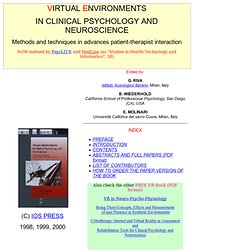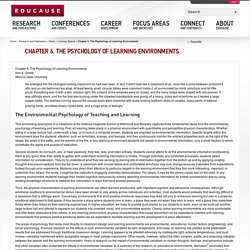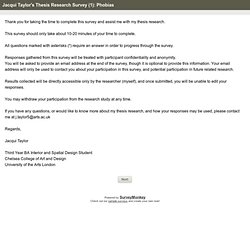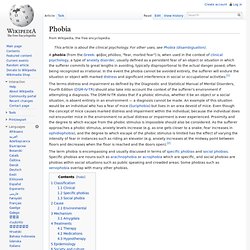

Ten things I wish I'd known before I started my dissertation… Writing a dissertation can be one of the hardest tasks a university student has to accomplish – but it will come to an end.

Photograph: Randy Faris/Corbis The sun is shining but many students won't see the daylight. Because it's that time of year again – dissertation time. Luckily for me, my D-Day (dissertation hand-in day) has already been and gone. But I remember it well. The 10,000-word spiral-bound paper squatted on my desk in various forms of completion was my Allied forces; the history department in-tray was my Normandy. I remember first encountering the Undergraduate Dissertation Handbook, feeling my heart sink at how long the massive file took to download, and began to think about possible (but in hindsight, wildly over-ambitious) topics. 1) If your dissertation supervisor isn't right, change. 3) If they ask follow-up questions, they're probably just being polite. 4) Do not ask friends how much work they've done.
Pdf628. Real behavior in virtual environ... [Cyberpsychol Behav Soc Netw. 2010. The Psychology of Space (Design Research Methods) Virtual Environments in Clinical Psychology and Neuroscience - A book about the applications of virtual reality in medicine, neurology and psychology. Scientific discovery is a form of problem solving, and… the processes whereby science is carried on can be explained in the terms that have been used to explain the processes of problem solving.

Simon, 1966 We are entering the second wave of virtual reality (VR) applications in medicine. Surgical simulations and training, three-dimensional anatomy, and the new field of real-time three- dimensional physiological imaging are some of the more notable uses and applications of VR in the first wave in clinical medicine. Because first wave applications required and continue to require significant computing power, many of the Silicon Graphics and workstation-based technologies were well-suited to meet these demands.
Vrais98. Chapter 6. The Psychology of Learning Environments. Chapter 6.

The Psychology of Learning Environments Ken A. Graetz Winona State University. Psychological & Brain Sciences. Tip! Creating an effective survey introduction. Thank you for taking the time to complete this survey by My Company.

Your feedback is important to us in how we can better improve our service. This survey should only take about 5 minutes of your time. Your answers will be completely anonymous and by filling out the survey you will be entered into a drawing for a $10 gift card. All survey results will be published in next month's newsletter. Collecting secure data and privacy best practices. Consider the following best practices when it comes to the privacy of your survey respondents: 1.

Inform your respondents about how their responses will be handled. It is always good to disclose your privacy practices to your respondents. Doing this helps to increase response rates by putting potential respondents more at ease. You can disclose your privacy practices on the introduction page of your survey, or in the body of any email message containing the link inviting recipients to take your survey. Privacy statements should detail at least the following things: What personal information you are collecting: Identify whether you are collecting the responses anonymously or tracking by email address, by ticket number, etc.). You may also wish to link to SurveyMonkey’s Privacy Policy and Security Statement to disclose how we handle respondent data on your behalf.
Jacqui Taylor's Thesis Research Survey (1): Phobias. Thank you for taking the time to complete this survey and assist me with my thesis research.

This survey should only take about 10-20 minutes of your time to complete. All questions marked with asterisks (*) require an answer in order to progress through the survey. Responses gathered from this survey will be treated with participant confidentiality and anonymity.You will be asked to provide an email address at the end of the survey, though it is optional to provide this information. Your email address will only be used to contact you about your participation in this survey, and potential participation in future related research. Results collected will be directly accessible only by the researcher (myself), and once submitted, you will be unable to edit your responses.
You may withdraw your participation from the research study at any time. Regards, Jacqui Taylor Third Year BA Interior and Spatial Design StudentChelsea College of Art and DesignUniversity of the Arts London. Summer Thesis Plan. Phobia. The terms distress and impairment as defined by the Diagnostic and Statistical Manual of Mental Disorders, Fourth Edition (DSM-IV-TR) should also take into account the context of the sufferer's environment if attempting a diagnosis.

The DSM-IV-TR states that if a phobic stimulus, whether it be an object or a social situation, is absent entirely in an environment — a diagnosis cannot be made. An example of this situation would be an individual who has a fear of mice (Suriphobia) but lives in an area devoid of mice. Even though the concept of mice causes marked distress and impairment within the individual, because the individual does not encounter mice in the environment no actual distress or impairment is ever experienced. Proximity and the degree to which escape from the phobic stimulus is impossible should also be considered.
The term phobia is encompassing and usually discussed in terms of specific phobias and social phobias. Classification[edit] Clinical[edit] Phobia Definitions. Fear Quotes. Famous Fear Quotes. Quotes About Phobias (14 quotes)